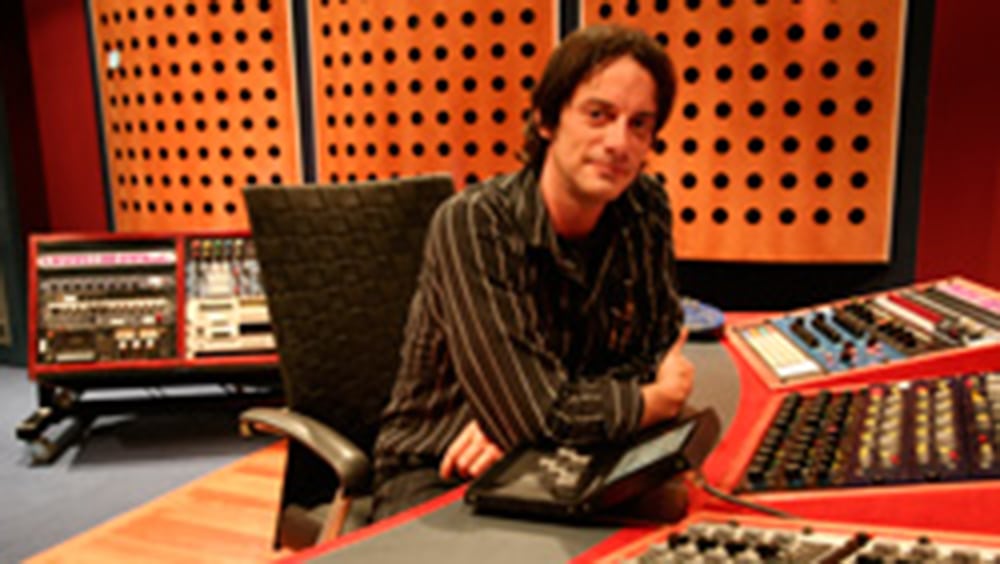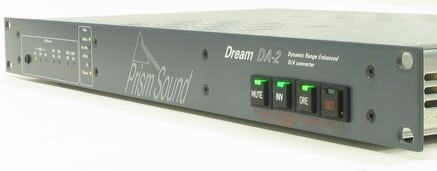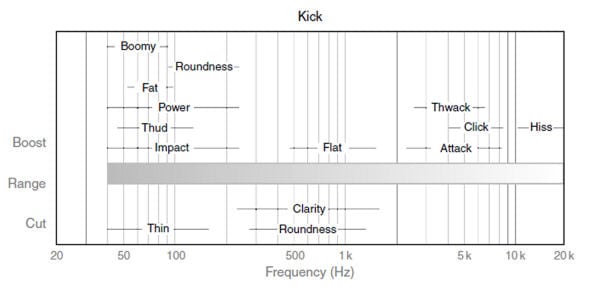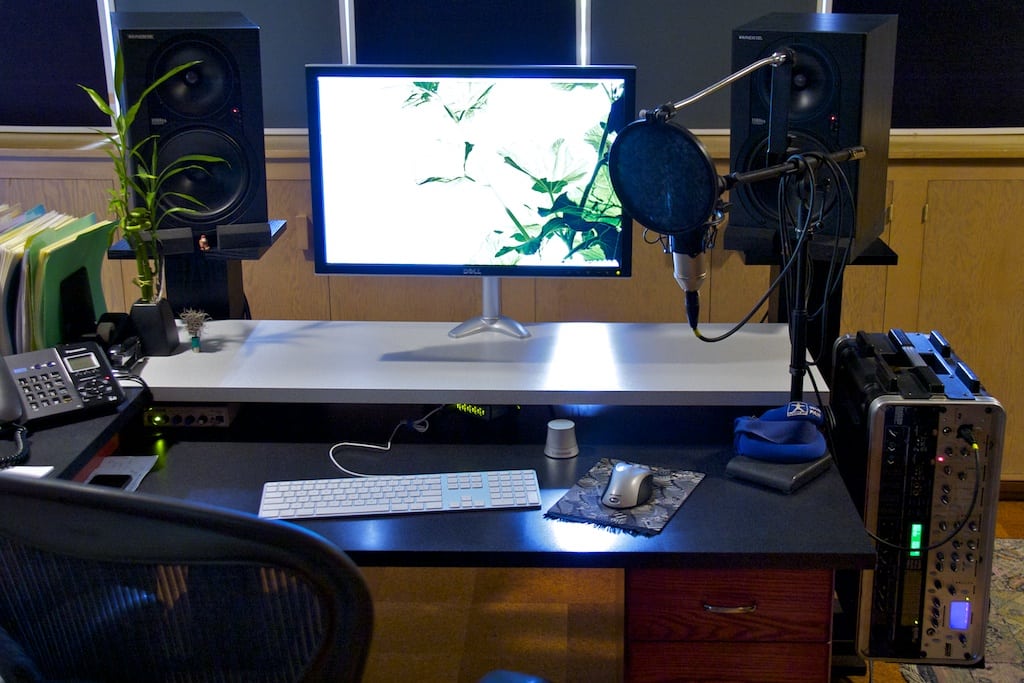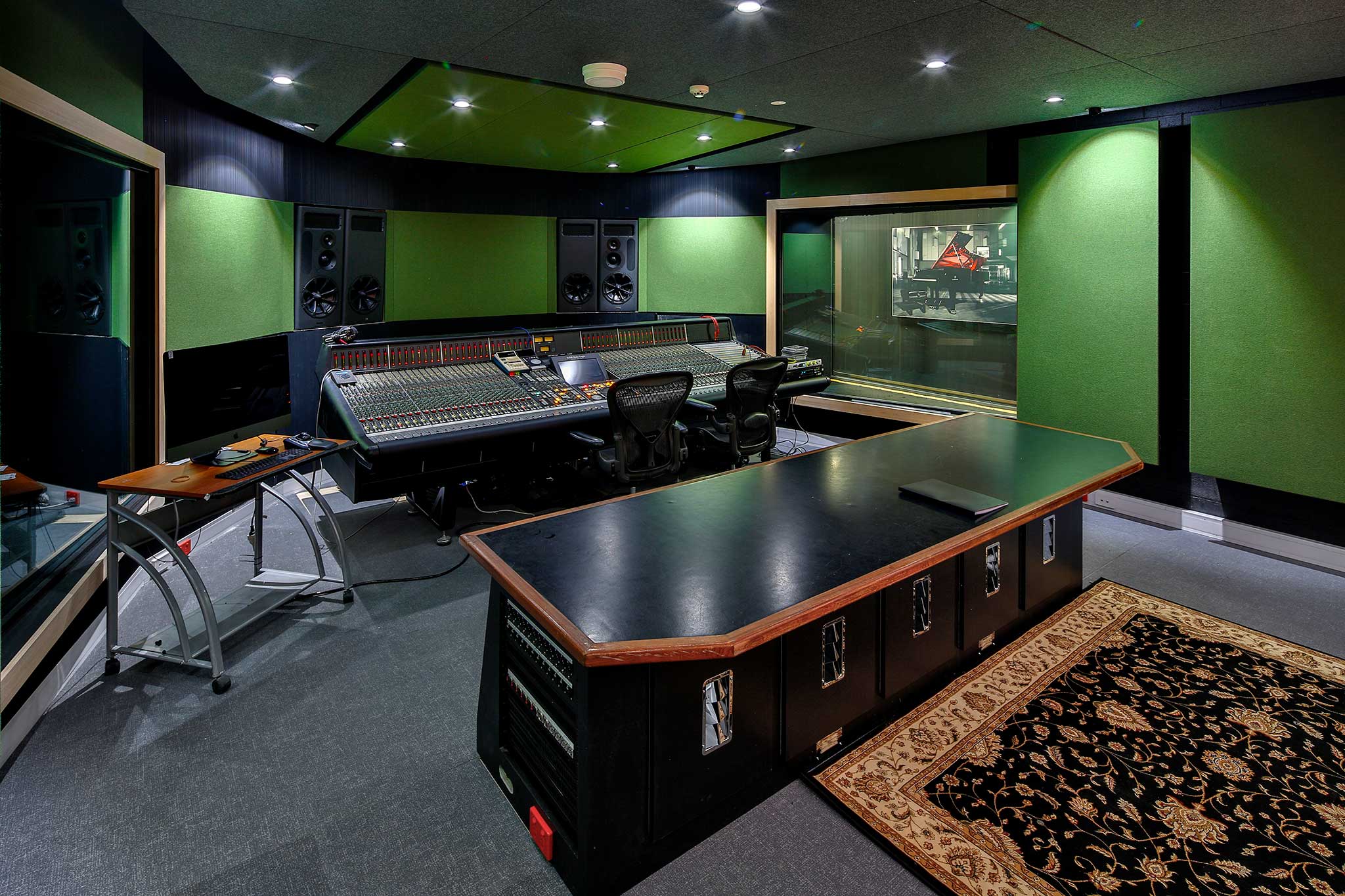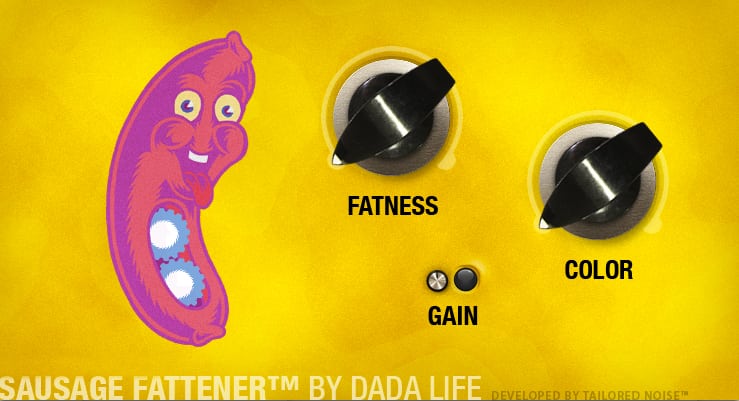Creating width in your mixes.
By Sameer Sengupta
A lot of producers I meet are very interested in getting ‘width’ into their mixes, but there’s a common mistake that I frequently encounter in the mixes I’m sent for mastering.
All too often, the producer’s obsession for width sees them dragging ‘stereo widening’ type plugins onto nearly every channel, to… you know… get width right? Wrong.
Nothing can make house music more bland than doing something like this. The foundation of house music is the kick drum, which, for best results, should remain dead centre, and without any image processing applied, certainly nothing below ~350Hz. Then build the rest of your elements upon that.
The problem with widening plugins is that they tend to leave a big hole in the centre image, which is just as important as the sides.
Another problem with image processors, is that they will tend to homogenise any natural stereo content when applied.
Mixing for ‘Stereo’ in its simplest terms, means taking into account how sound affects us as two eared beings, in sonic, psychological and physiological terms. Ultimately, we want to create a sonic picture that provides pleasant stimulation for our brains.
Our brains and ears identify sound in the stereo field through subtle tonal and phase shifts. Widening processors create a ‘fake’ sense of width by modulating the phase in unnatural ways. Controlling these phase shifts also makes a sound less ‘exciting’ to the ear, and ultimately, it will become part of the background, like wallpaper.
Its the visual equivalent of placing a Guassian blur over every object. If everything has this filter applied, then the whole image just becomes a blur.

If you must use these plugins, leaving a few elements in their natural state to juxtapose the blurred background can greatly enhance the focus, or ‘Punch” of the sound.

Placing an image widener on a kick drum will have an adverse effect on what you may be hoping to achieve, so it’s best to leave it out, especially on the important sounds.
In fact using these plugins will create width, but remove all depth and movement, trapping the sound in a thin sounding layer… not unlike these guys:
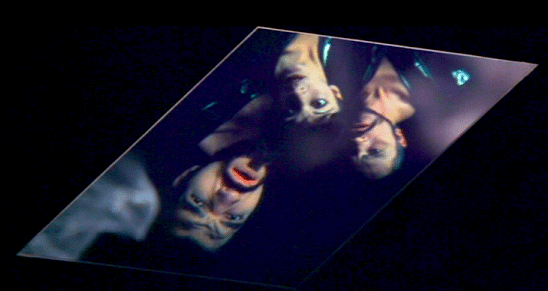
Another Approach
The real secret to getting a much better sense of width, is to actually ditch the image wideners for the old faithful Pan pot. Panning elements in creative ways will give your mix a much more natural, and ultimately wider sense of ‘true width’.
Again going back to how the ear reacts to sound, our ears like sense of movement through tonal and phase shifts. Instead of submitting every bit of percussion, synth and vocal layer into this blurred fake stereo, try panning each element in ways that allow your ears to discover the sounds across the stereo field in musical ways.
For example, supposing you have two percussion lines that are rhythmically syncopated off each other, place one off the left and the other to the right, or maybe at the centre. Then place the closed and open hats slightly apart from eachother. Next, place that big reverbed clap that only happens once every 8 bars way off the right, and perhaps a little loud. It only happens occasionally, but when it does, it creates this shock of harmonic colour off to the right, and keeps the ear tuned in.
You can do the same thing with vocals, placing the lead in the centre and extreme Left/Right, but then add a little bit of random harmonics by placing only one of the vocal harmonies at the 3 o’clock position.
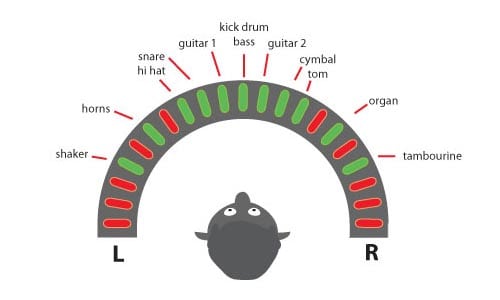
This technique will let your sonic picture sound harmonically richer and a hell of a lot more exciting.
Play around with placing one off sounds in extreme positions, or using a dynamic panner that pans around the field slowly/quickly. Try placing musical lines that are a call & response in different areas. Pretty soon, you’ll find the frequencies ‘dancing’ around the whole stereo field, giving you true width.
It’s fun…. go and play.
